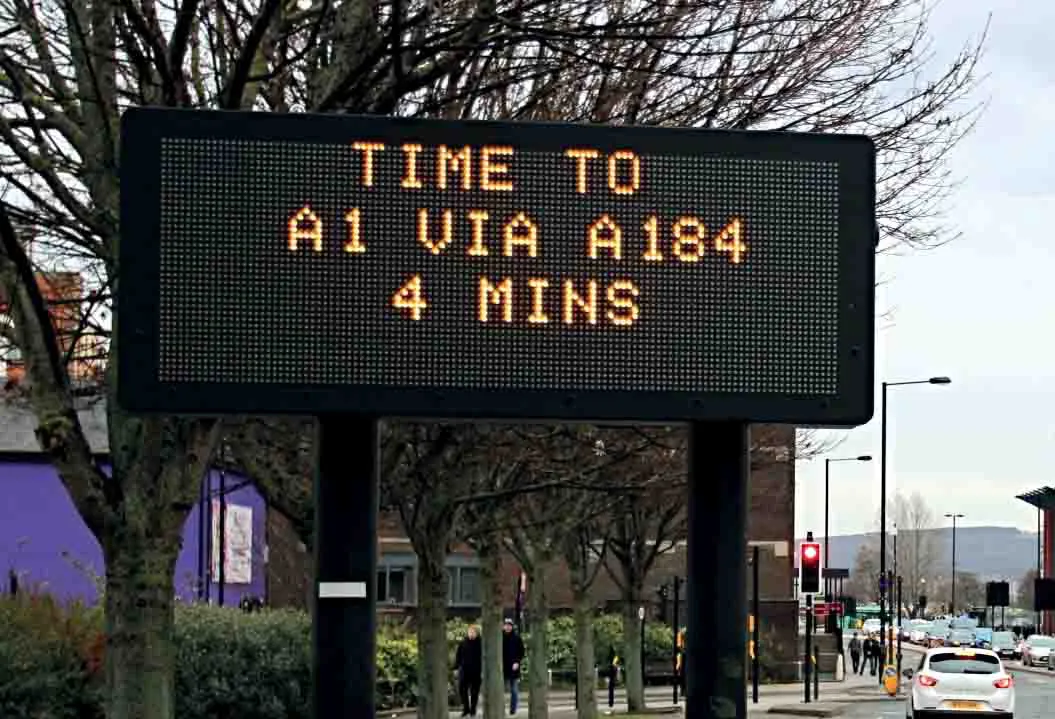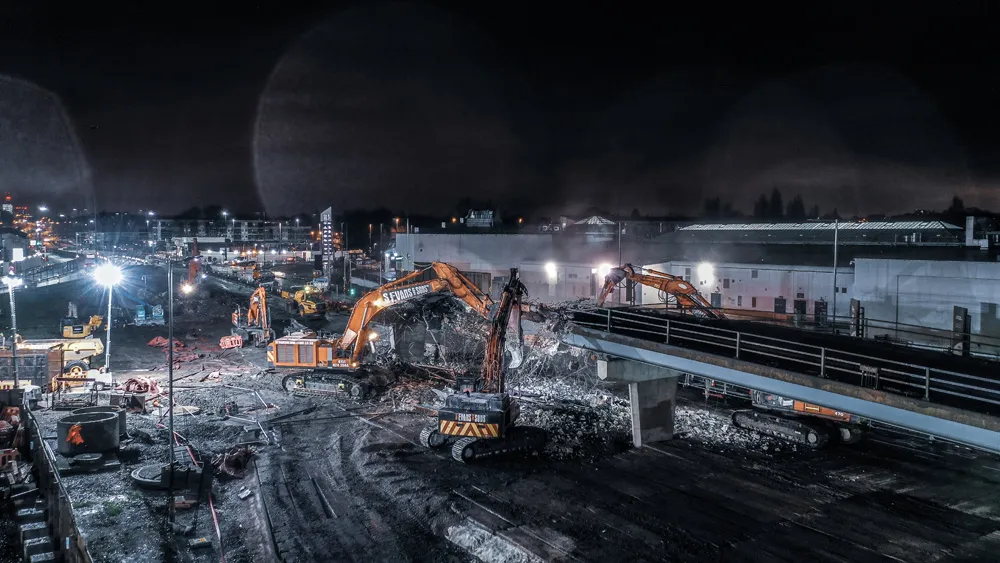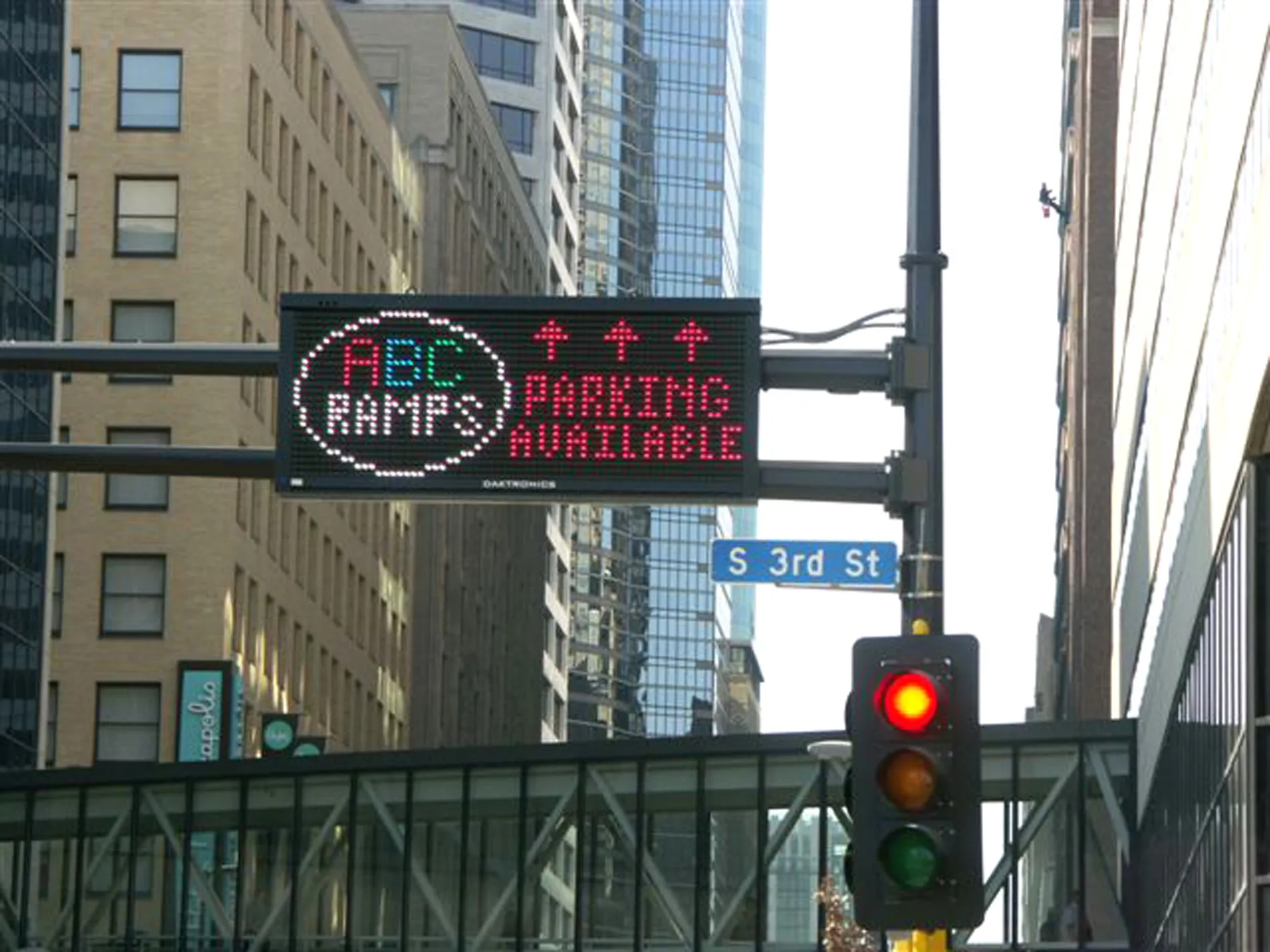SWARCO has installed a network of 27 variable message signs at some of the busiest highway locations in the northern UK’s Tyneside region. The signs give motorists key information to help them plan their journey and warn them of weather disruption and other potential hazards.
Planning and coordinating all works with each local authority was the major challenge, requiring some of the installations to be made in the dead of night. The city of Newcastle was the contracting local authority acting for the Nor
March 22, 2017
Read time: 2 mins

Planning and coordinating all works with each local authority was the major challenge, requiring some of the installations to be made in the dead of night. The city of Newcastle was the contracting local authority acting for the North East Combined Authority.
Signs were also installed in the regions and cities of Sunderland, Gateshead, North Tyneside, South Tyneside and Northumberland. Each Authority had to be consulted about the installation works in their area.
The US$1.23 million project has been met from the
Brian McFarlane, project manager at SWARCO Traffic, pointed to a particularly challenging installation, that of a large sign on the Gateshead approach to the Redheugh Bridge crossing of the Tyne. “We had to take down the existing life-expired sign, modify the gantry superstructure and then install the new sign during overnight road closures,” he explained.
“Existing structure for the gantry had to be surveyed and new support structure engineered. Works had to be postponed until A1 bypass works had been completed with night closure of the A189 required.”
Critical to the work undertaken across the network was the need to cause minimum disruption and work around scheduled events. It also required liaising with contractors working on the A1 Western Bypass, as well as overnight closures.
SWARCO was also responsible for managing the associate civil engineering works and the installation of permanent roadside barriers. It will maintain the signs for the next seven years.








